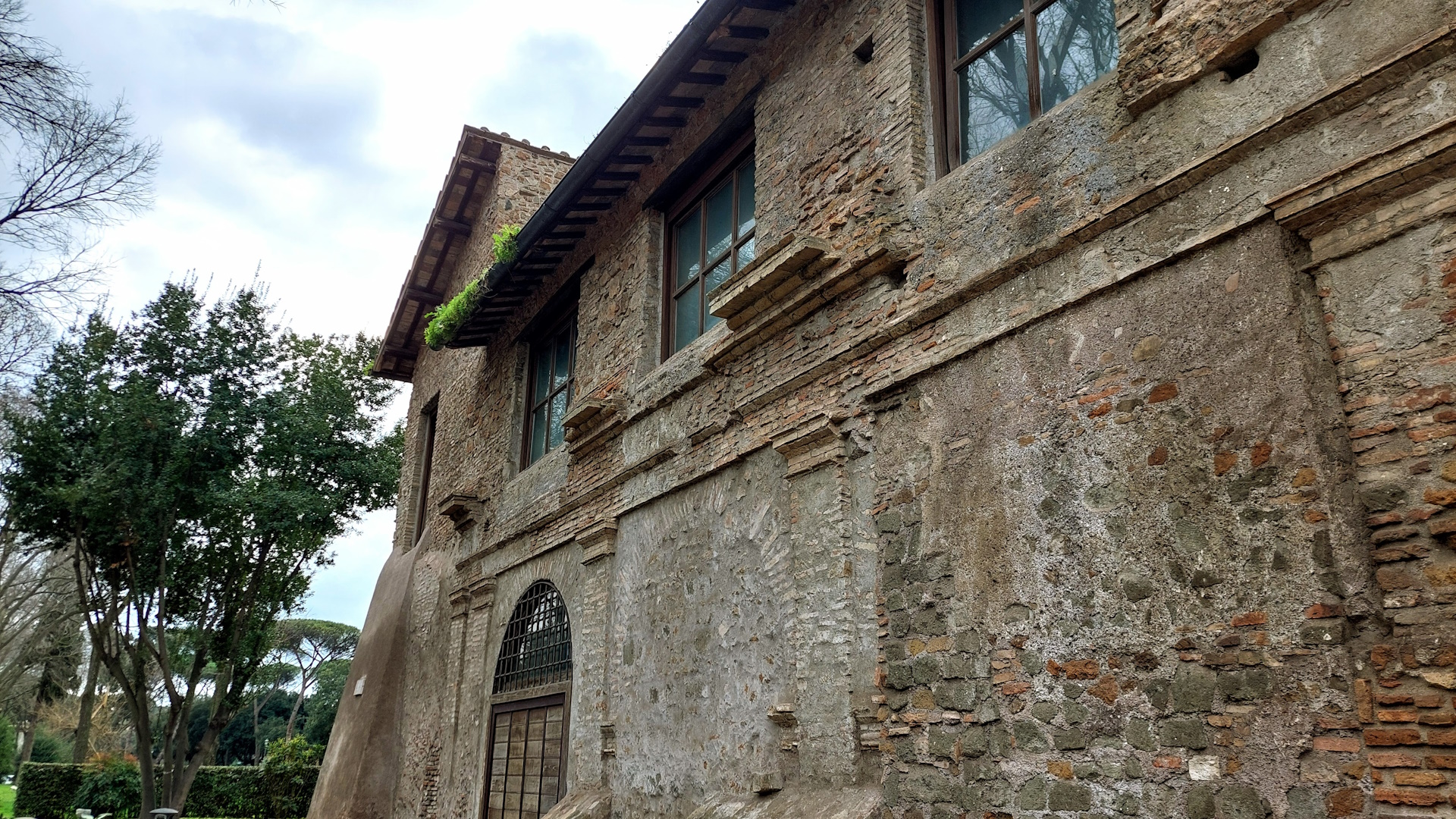
Propiedad del Ayuntamiento de Roma y encantador en su sencillez, este pequeño edificio en las laderas del Celio es una iglesia desacralizada donde ahora se celebran bodas civiles. Su historia se remonta a mucho tiempo atrás, basta pensar que la calle en la que se encuentra, via Valle delle Camene, recorre el trazado inicial de la vía Appia Antigua y recuerda en su nombre la antigua fuente sagrada de las ninfas de Camene, de la que las vestales sacaban agua para sus ritos.
Un pequeño oratorio dedicado a Sant’Agata fue construido en este lugar por una comunidad religiosa griega probablemente ya a finales del siglo VI. A principios del siglo IX, la iglesia estaba conectada con un “monasterium Tempuli” que albergaba un icono mariano muy venerado que, según una leyenda, había sido donado por un tal Tempulus, aunque es más probable que el nombre Tempulus derive de la proximidad de la iglesia a un templo (un templum) de la época romana. Lo que es cierto es que la iglesia con su advocación actual y el monasterio anexo de monjas benedictinas son mencionados por primera vez de manera inequívoca en 1155: de esta época data el campanario, cuyos restos hoy están incorporados a los muros exteriores.
Sin embargo, menos de un siglo después, la iglesia fue abandonada: cuando Santo Domingo recibió el encargo de fundar la primera orden monástica femenina de clausura, eligió a las monjas de Santa María en Tempulo (llamadas las Tempolinas) y en 1222 las hizo trasladar al cercano monasterio de San Sisto Vecchio, donde también fue llevado el antiguo icono de la Virgen (hoy en la iglesia de Santa María del Rosario en Monte Mario). El complejo se convirtió posteriormente en una vivienda particular hasta que en el siglo XVII fue incorporado a la finca de Villa Celimontana (en aquel entonces propiedad de la familia Mattei) y presumiblemente transformado en ninfeo. Descrito como un granero en los planos del siglo XVIII de Nolli, el edificio fue salvado de la destrucción durante la creación del paseo arqueológico del Parque de Porta Capena a principios del siglo XX y luego cedido para uso gratuito, hasta los años 80, a artistas como los escultores Michele La Spina, Francesco Sansone y Ugo Quaglieri.
Las Termas de Caracalla
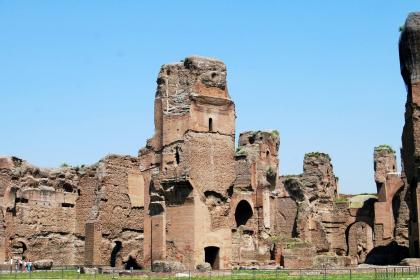
 Condividi
Condividi
Basílica de los Santos Nereo y Aquileo
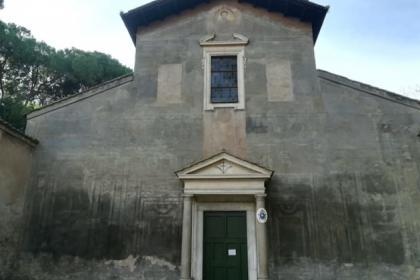
 Condividi
Condividi
Parque Comarcal de la Apia Antigua
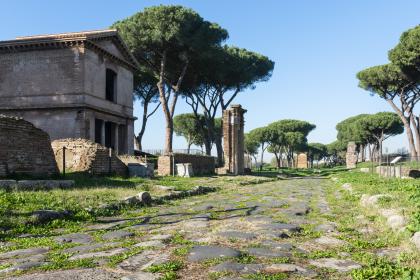
 Condividi
Condividi
Área Arqueológica del Sepulcro de los Escipiones
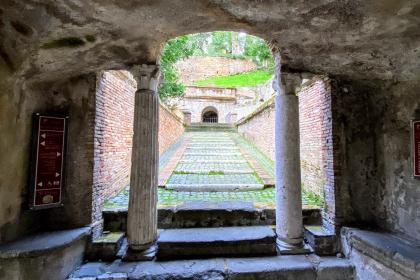
 Condividi
Condividi
Informaciones
Open in occasion of wedding celebration
 Condividi
Condividi
Location
Para conocer todos los servicios de accesibilidad, visite la sección Roma accesible.











































